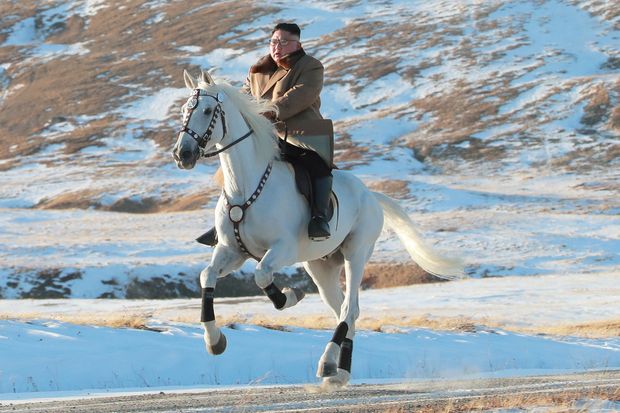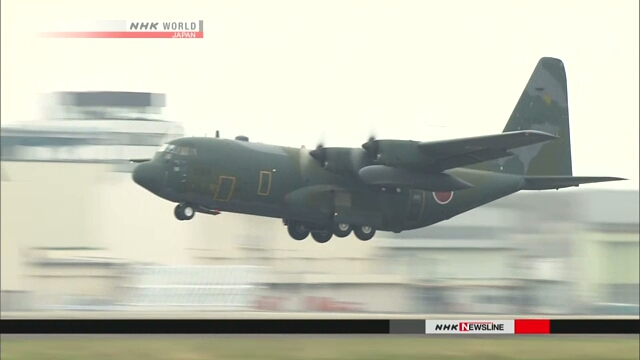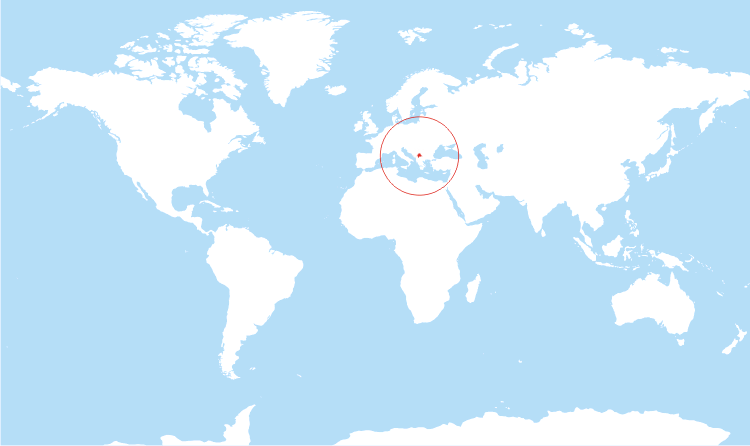It is looking more and more like the pandemic is just a power grab by a global cabal of control freaks. Incomplete list of links to news reports as of 02 September 2021:
AUSTRALIA: Police blame pandemic surge on illegal public gatherings!
Video report, anti-vaccine protests hit Queensland and Victoria, 29AUG2021:
CANADA: Thousands of people protest British Columbia’s mandated vax-pass!
Ontario unveils vax-pass program.
Saskatchewan issues vax-pass and booster shots.
Fatal flaw discovered in Quebec’s vax-pass verification process (VaxiCode Verif COVID-19)!
Homeless people threatened by Quebec’s vax-pass!
Video report, anti-vaxers shutdown Prime Minister’s re-election campaign, 28AUG2021:
GERMANY: Video report, thousands of people protest in Berlin over pandemic laws, at least one hundred people arrested, 29AUG2021:
GREECE: More than 7-thousand people riot due to mandated vaccinations for the general public!
Healthcare workers rally against planned mandatory vaccinations for healthcare workers!
10-thousand healthcare workers face loss of their jobs due to refusing to get vaccinated!
Video, 30AUG2021 protests:
Video, clashes with police 29AUG2021:
INDONESIA: 1.3-million people had their pandemic test results/vax-pass info made public by incompetent government!
ITALY: New pandemic Green Pass required for citizens to travel inside Italy, results in public protest!
SPAIN: Police hunt down people who have illegal parties!
UNITED KINGDOM: Vaccine passports being blamed for illegal public gatherings!
England to implement vax-pass for local businesses!
People are being fined for having parties!
Vax-pass required to enter businesses in Scotland!
UNITED STATES: Electronic Frontier Foundation spent the past year investigating digital vax-passport plans (like in New York and Illinois) and discovered it is actually about gaining access to your financial data, and the hi-tech industry making money off of taxpayers!
If you lose your job because you refuse vaccination, you can be denied unemployment compensation!
Video report, police unions protest mandatory vaccines, 30AUG2021:
Is this about a government take over by President Biden?
Pandemic restrictions for citizens, none for illegal immigrants?
People stabbed at anti-vax demonstration in California!
Mandatory vaccines for USAF Academy cadets results in protests!
School district in South Carolina offers $100 vaccine bribes to students, results in protests!
Seven states make vax-pass mandatory, 22 states ban it!
Connecticut requires vaccine I-D cards, warns of fake vax cards.
Video report 11AUG2021, Idaho’s so called Red Republican Senator demands Idahoans get vaccinated:
Video report, anti-vaxers in Idaho want law against employers forcing employees to get vaccinated, Idaho politicians support employers, 30AUG2021:
Video speech 31AUG2021, so called Red Republican Idaho governor uses false statements (ignores comorbidity data) and mobilizes National Guard, demands Idahoans get vaccinated:
City of Honolulu makes vax-pass mandatory to enter local businesses!
Hawaii bans public gatherings!
Maryland closer to implementing mandated vax-pass!
Video, teachers in NYC protest mandatory pandemic rules, 30AUG2021:
Texas Democrats push for mandated masks and a new law that will ban pandemic lawsuits!
One hospital in Texas gets rid of 153 healthcare workers because they refused to get vaccinated! And they wonder why there’s a worker shortage.
Video report, state employees in Washington state protest mandated vaccines, 28AUG2021:
Operation Jupiter: U.S. MILITARY’S NEW GLOBAL FEVER PROGRAM?
Biden’s Borderland: AFGHANISTAN IS A HUMAN TRAFFICKING OP? GLOBAL RECORD NUMBER OF CHILDREN, AGAIN!
U.S. Pandemic Logistics Shenanigans: HOLY CRAP BATMAN, ANOTHER BUTT-WIPER & FOOD SHORTAGE!?!
CoViD-19, December 2020: GLOBAL REBELLION!































